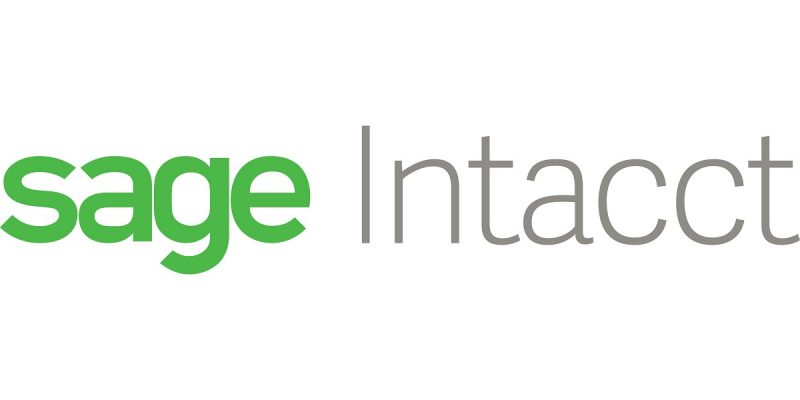When it comes to the target audience, Sage 50 and Sage Intacct are at opposite ends of the spectrum. As good a solution as Sage 50 is for the smaller start-up company, any growing company will at some point start to realise at least one or more issues they come up against. Below are many of the main ‘Pain Points’ that will occur once a company starts to outgrow Sage 50, along with the solution Sage Intacct can provide.
Sage 50
Many users of Sage 50 do not use the system to its full capabilities. As an example, many users do not understand it has the power to do multi-currency transactions, recurring entries, charity and not-for-profit options and company consolidation.
Sage 50 also has a calendar that links with outlook, so when used with the “Credit Hound” module, or if using the basic communications functionality, this can automate debt chasing reminders. Along with these more specific features, Sage 50 also has the power to do standard accounting tasks like: accounts payable and receivable, bank reconciliation, VAT returns (Making Tax Digital compliance), to name just a few.
Sage Intacct
‘Why upgrade to Intacct when I can do these in 50?’ It comes down to the capabilities of both products. Sage 50 multi-currency is a very manual process, having to manually enter exchange rates on a regular basis, whereas Sage Intacct uses software called Oanda, which automatically gathers the latest exchange rates saving the user valuable time.
Although Sage 50 is officially called Sage 50 Cloud, it isn’t fully cloud; therefore investment in IT infrastructure, support and servers are required, which can be costly both in terms of equipment purchasing and setup, and also in maintenance and running costs, not to mention the time investment for your IT team! Sage Intacct is a ‘true Cloud’ solution and is accessed via a web browser, meaning it can be utilized anywhere with an accessible internet connection.
When it comes to reporting, Sage Intacct stands in a league of its own. Reports are fully customizable and offer drill-down functionality via hyperlinks. This allows any user within the company to view reports at various different levels; whether it’s the CFO that wants a quick overview of the profit and loss, or the sales manager that needs to take a deep dive and discover which locations are running below the required targets.
Common Sage 50 pain points that Sage Intacct combats
When it comes to system speed, Sage 50 can become slow when a high number of transactions are put into the system. Sage Intacct has what is known as an Industry Standard Database that scales with usage. This means businesses have the peace of mind knowing even if they process millions of transactions the software speed will not be impacted.
Within Sage 50, foreign exchange rates are entered manually. This can be a time-consuming process, especially if a company has a decent amount of foreign transactions. Within Sage Intacct, this process is automated using software to pull through daily FX rates. There is also no option to automatically revalue the debtors’ or creditors’ accounts.
Sage 50 users can also experience some issues with using remote data access, potentially leading to dropped connection during processing, data corruption, and downtime for repairs and data recovery. With Sage Intacct being ‘True Cloud’ it is accessed via a web browser, giving the option to connect from anywhere with internet available.
Having control over which employees see different aspects within the system is something that medium to large companies often require. Within Sage 50, permission-based roles aren’t available; however with Sage Intacct, these can be set in order to control different user permissions.
Conclusion
When it comes to a contest between Sage 50 and Sage Intacct, Sage 50 is never going to come out as the winner. It’s the equivalent of putting a flyweight boxer up against a heavyweight; as much as we would love to watch it, we all know the outcome. Having said that, both products still have a very strong place in the market; Sage 50’s placement being the smaller companies or the new start-ups, having the ability to do the necessary accounting tasks along with the option of including additional modules to increase the system’s capabilities. Sage Intacct however sits at the opposite end of the market, it’s targeted towards larger companies with multiple entities and the need to have more functionality within its accounting system.
Alternatively, you can explore more about Sage 50 here, or Sage Intacct here.


















Comments